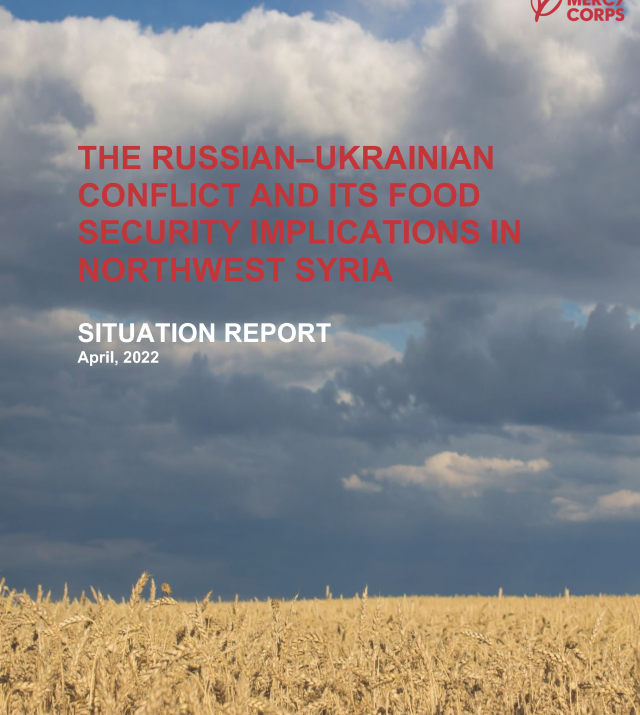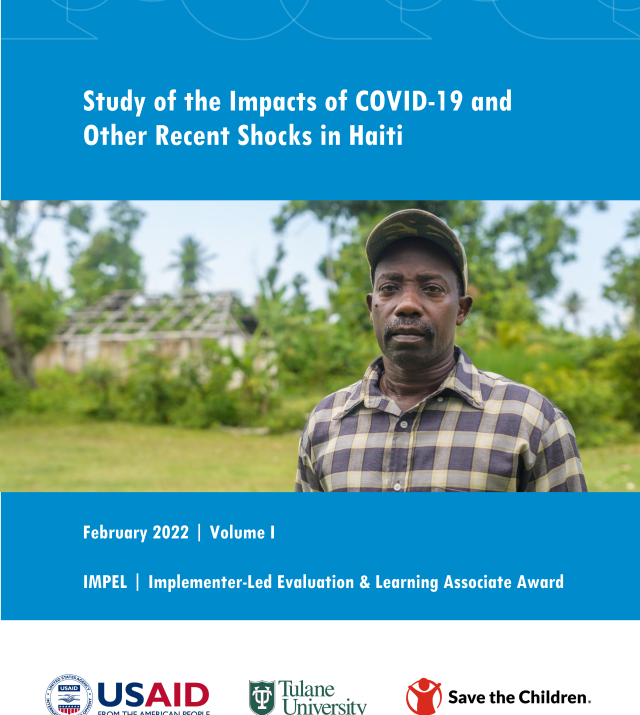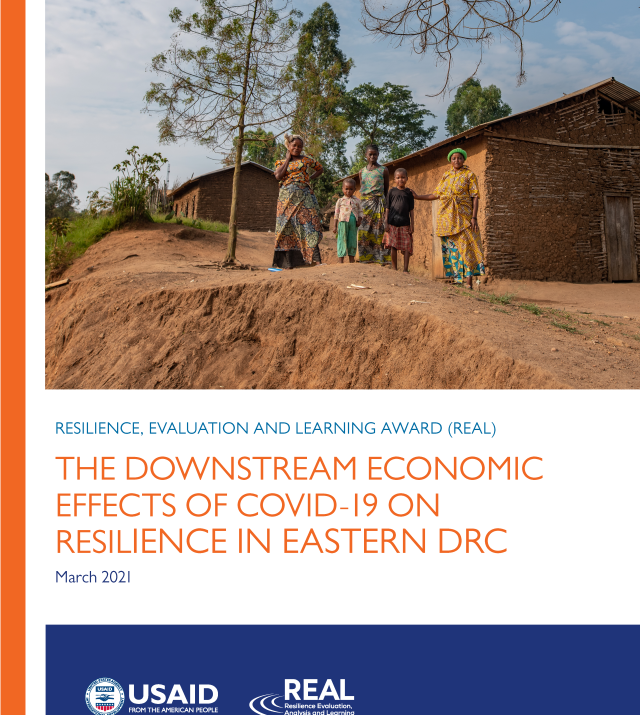
Addressing Climate Drivers of Conflict: Mercy Corps' Approach

Natural resources, including water, land, and forests, have long been recognized as sources of contention, and sometimes even violence. Macro trends like population growth and climate change can exacerbate these issues, particularly in areas of scarcity. Population growth adds more pressure to a limited amount of resources, while climate change impacts resource availability and quality. In recent years, climate change has even been recognized as a threat multiplier, “aggravating stressors…such as poverty, environmental degradation, political instability, and social tensions.” Climate change does not directly cause conflict.
Instead, its effects (e.g., rising temperatures, shifting rainfall patterns) can lead to environmental impacts (e.g., loss of grazing land for cattle), which can result in socioeconomic tensions (e.g., farmers and herders competing for resources). This chain of reactions contributes to an increased risk of conflict, worse in contexts with weak governance, high rates of poverty, income equality, and existing social tensions. At the same time, natural resources, the environment, and climate change offer an entry point for joint management, cooperation, and peacebuilding. They may also be able to provide cover for addressing underlying political challenges. Because of this, an integrated approach that combines conflict management with long-term strategies to strengthen good governance, alleviate poverty and economic inequality, and promote cooperation for sustainable natural resource management is required to reduce the risk of conflict.

